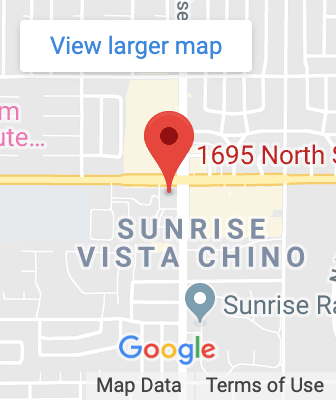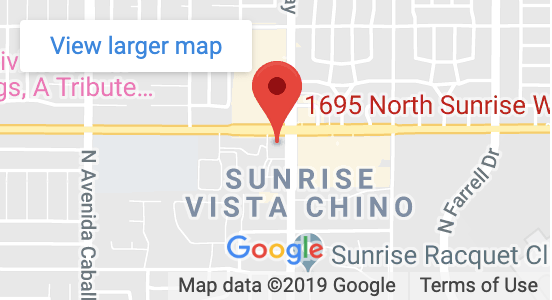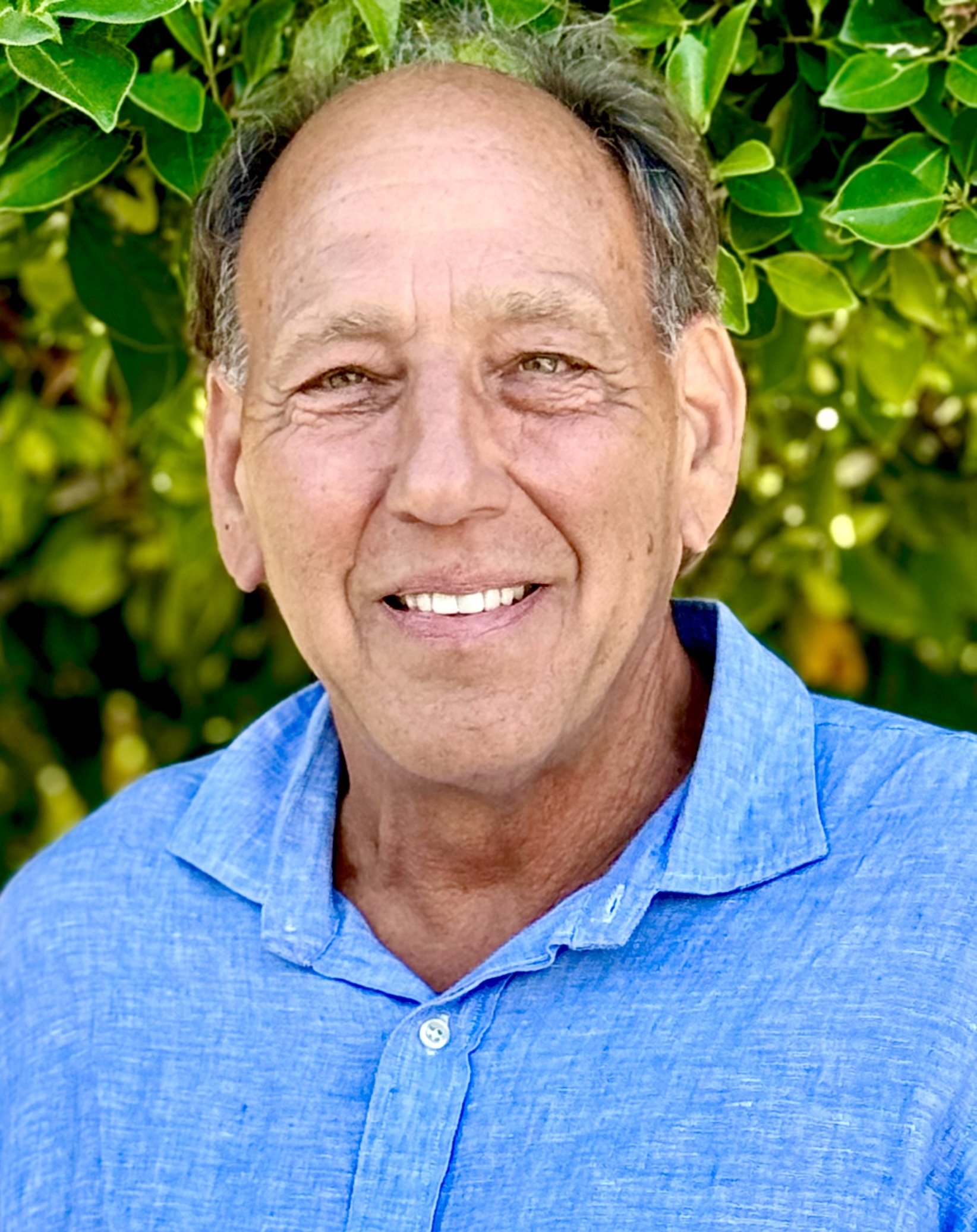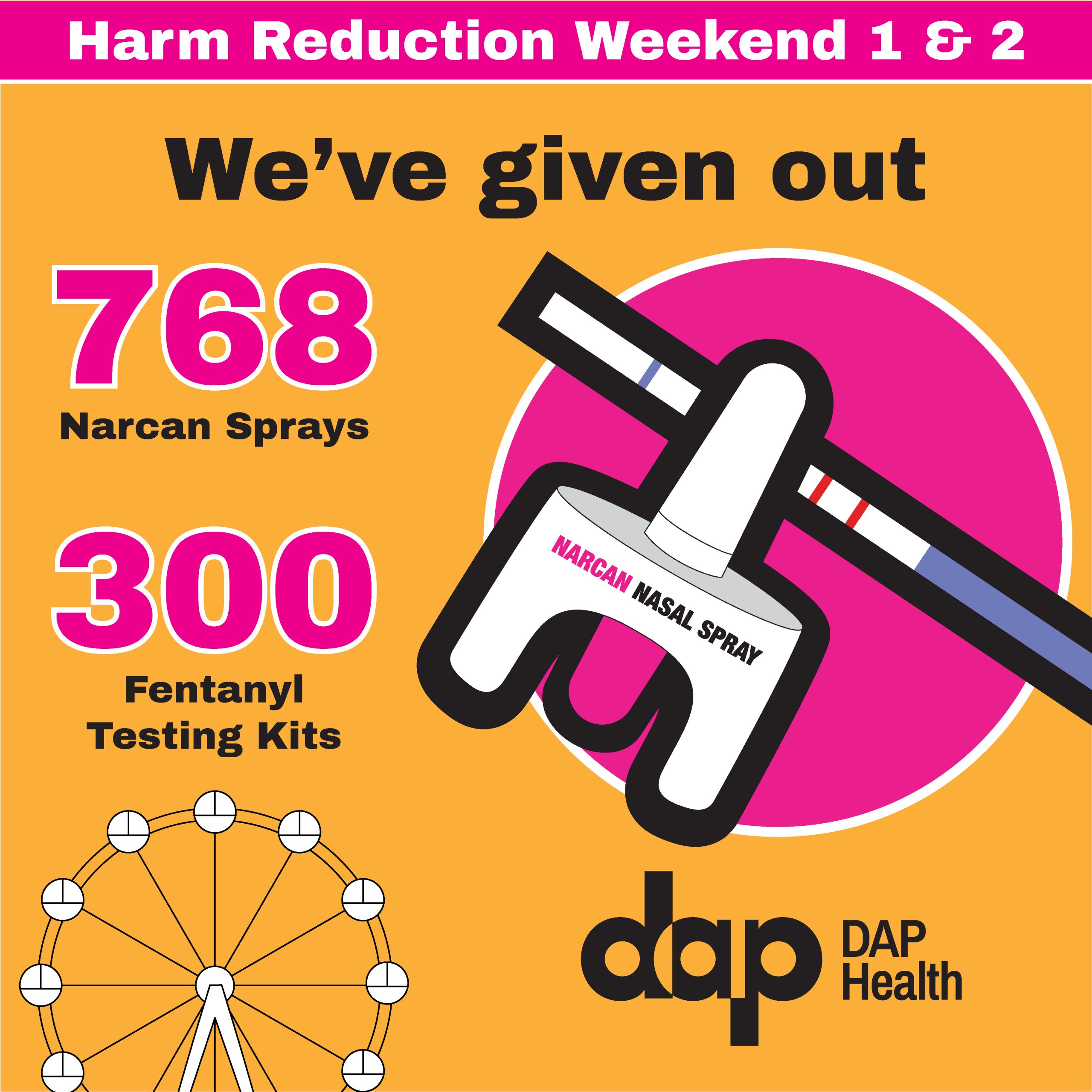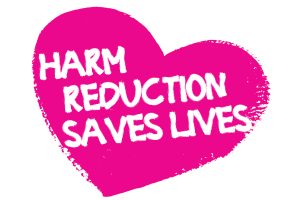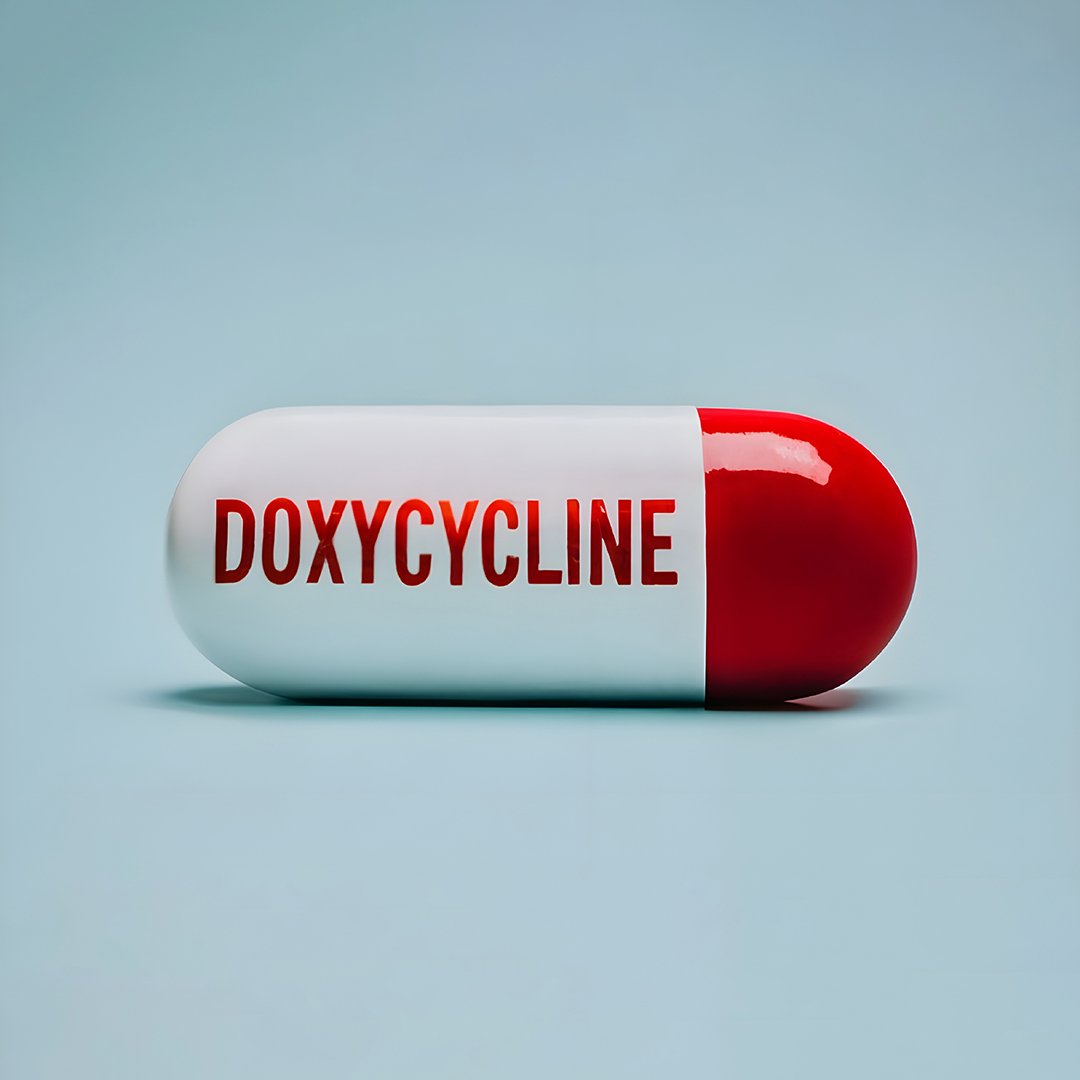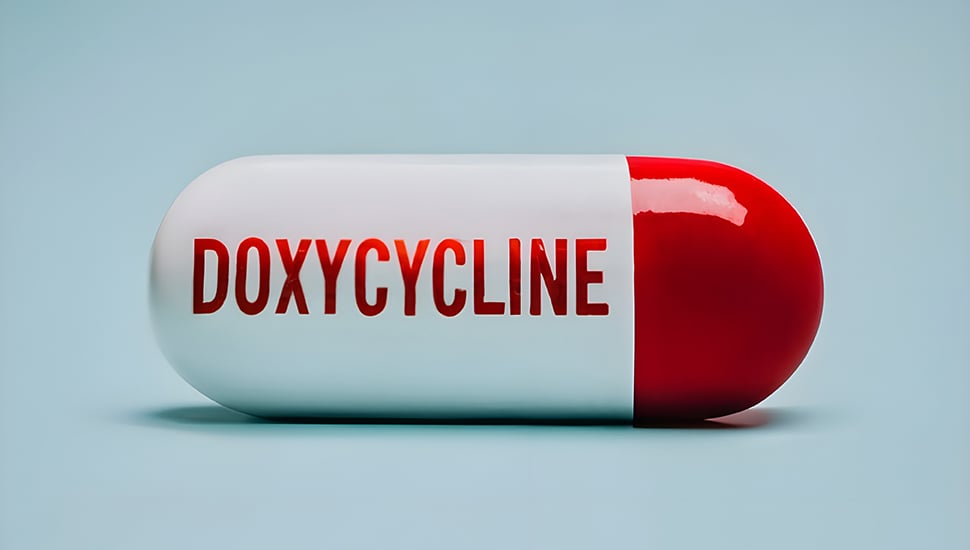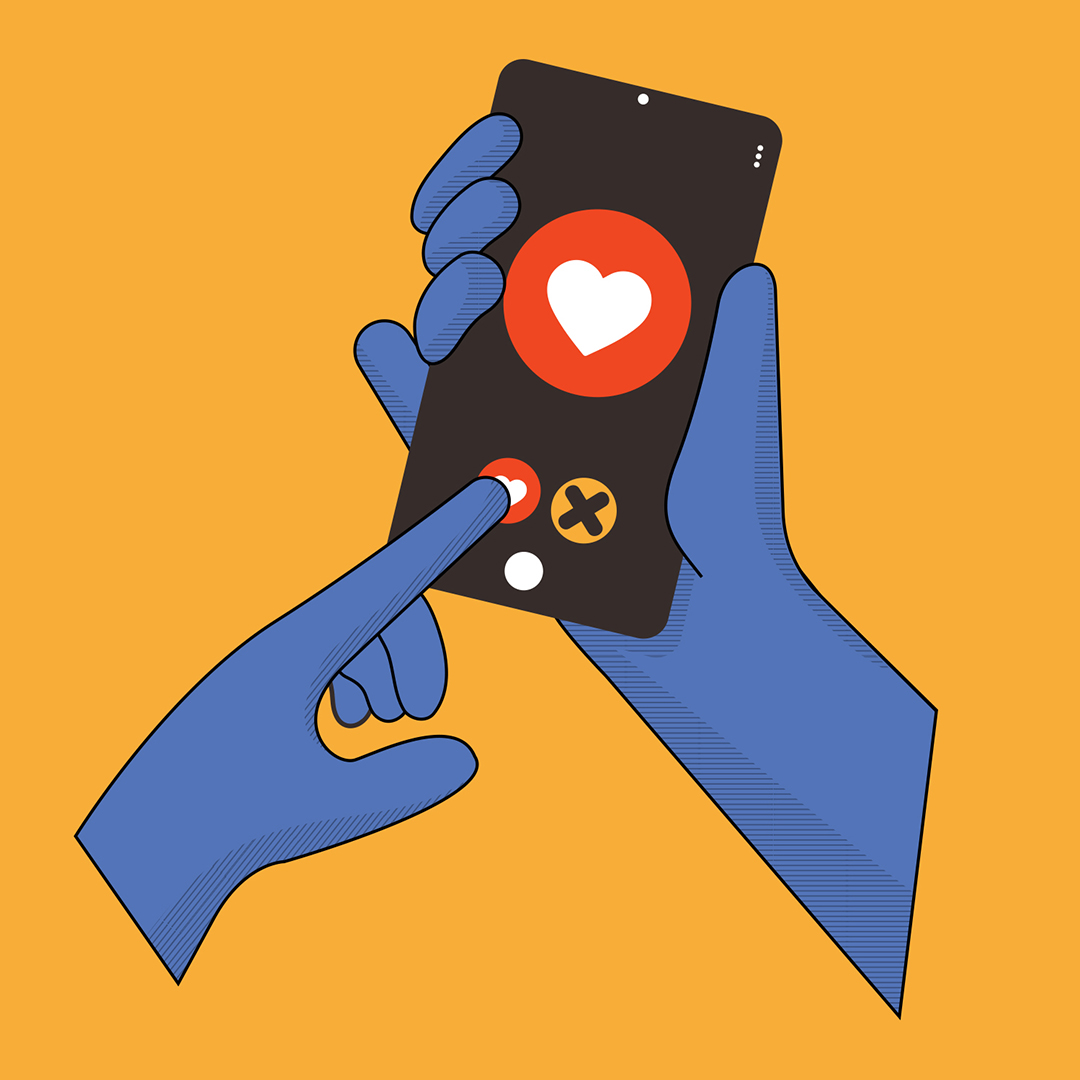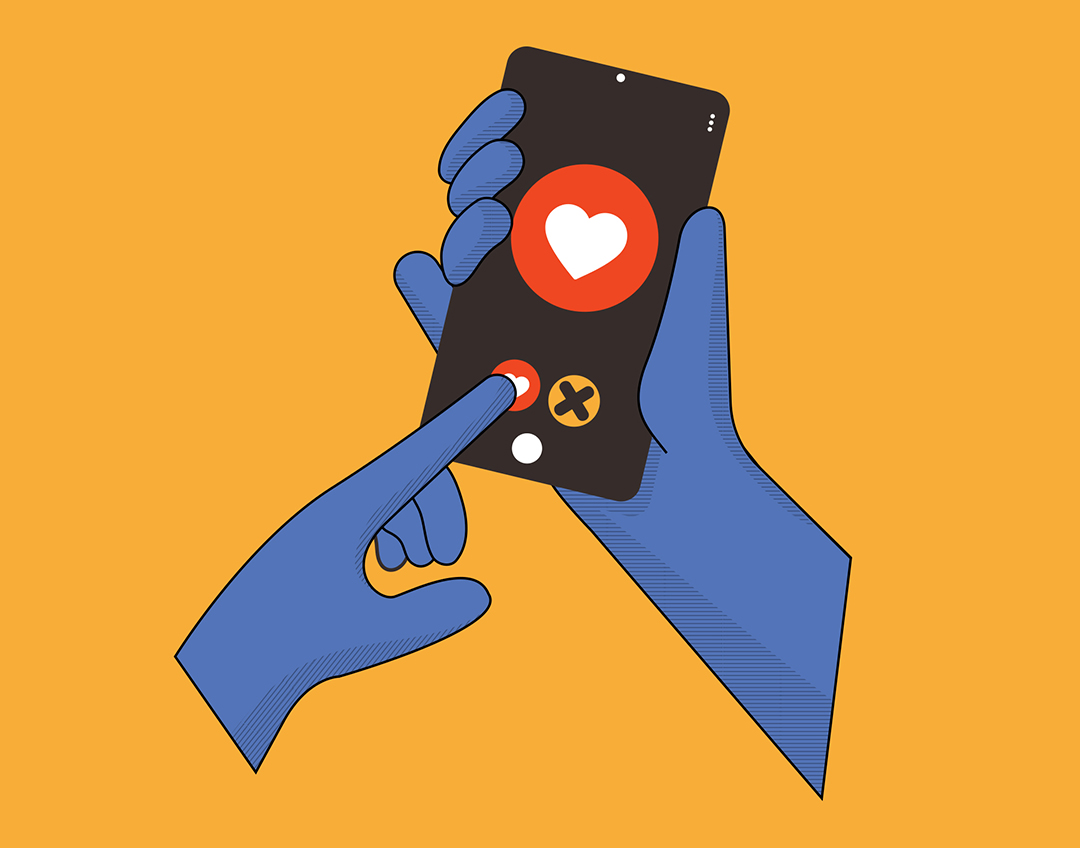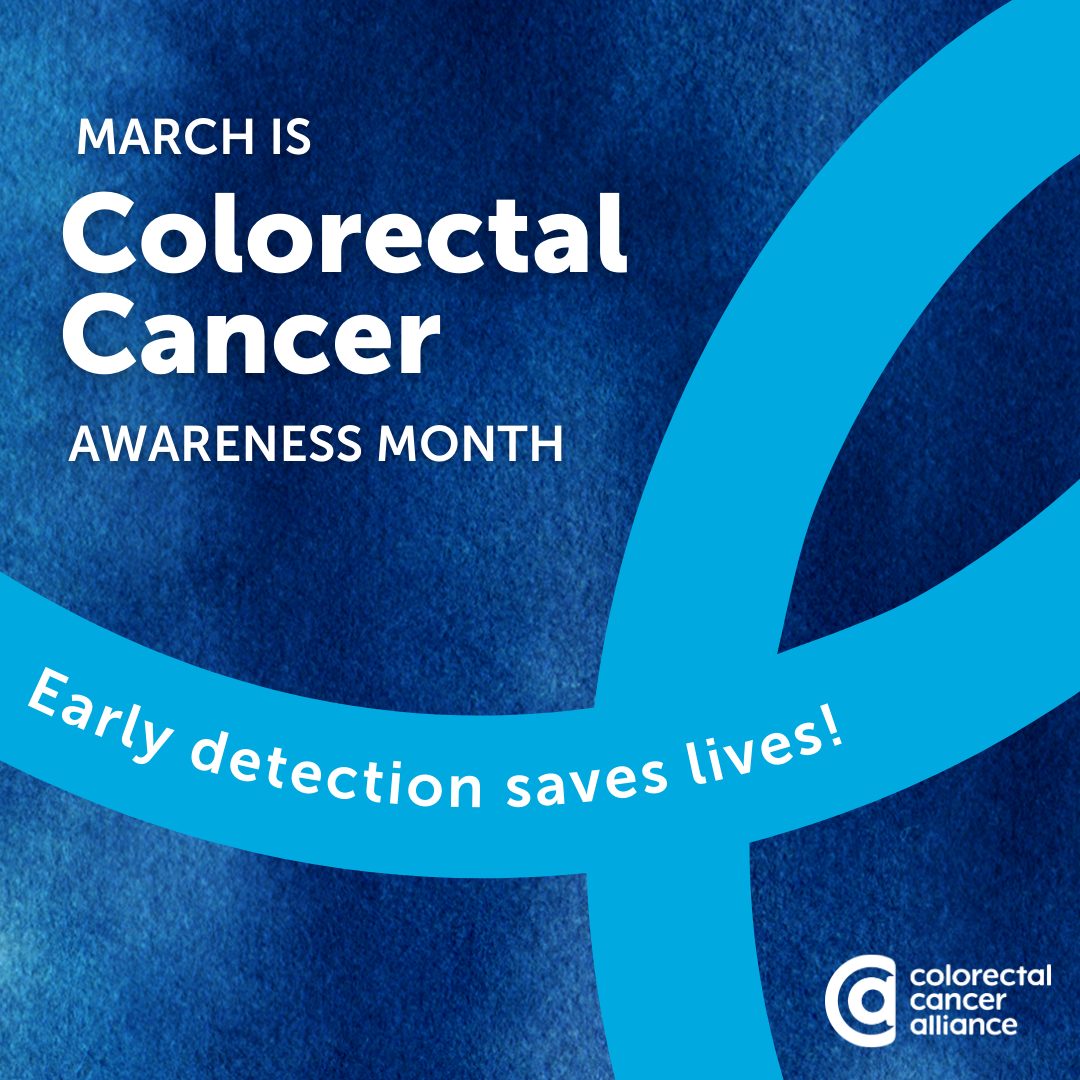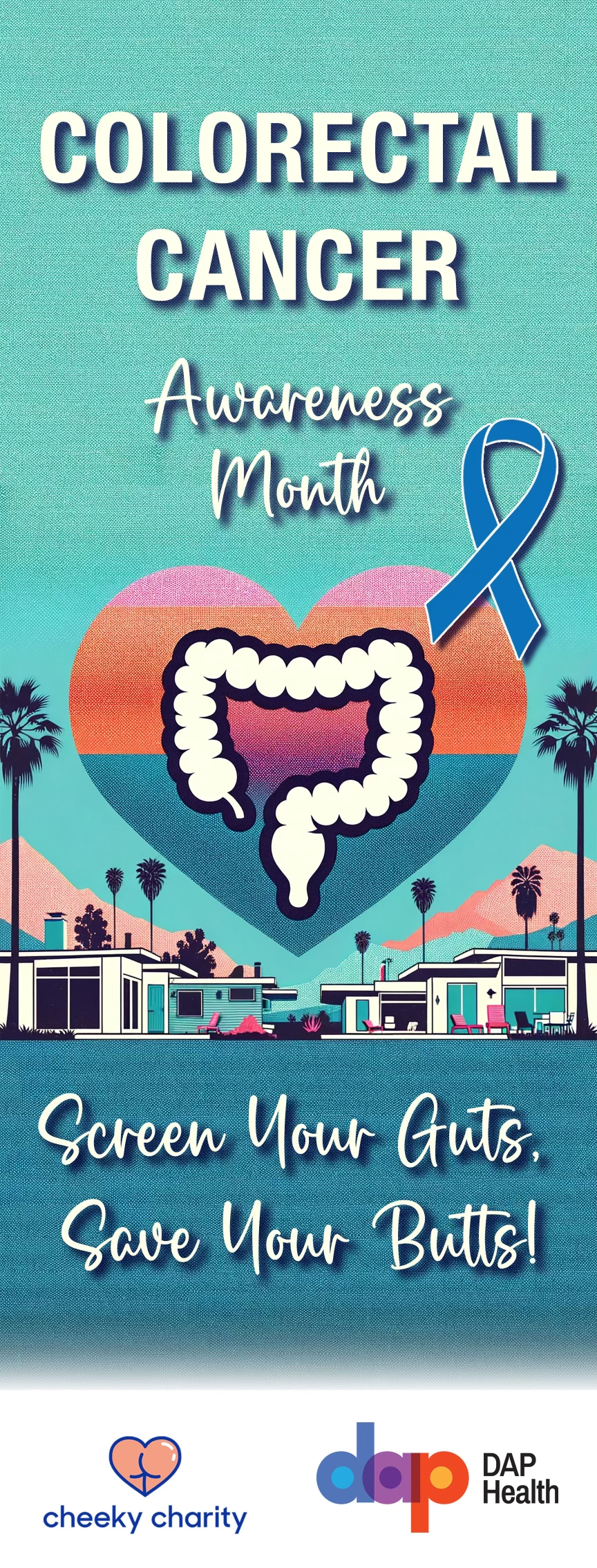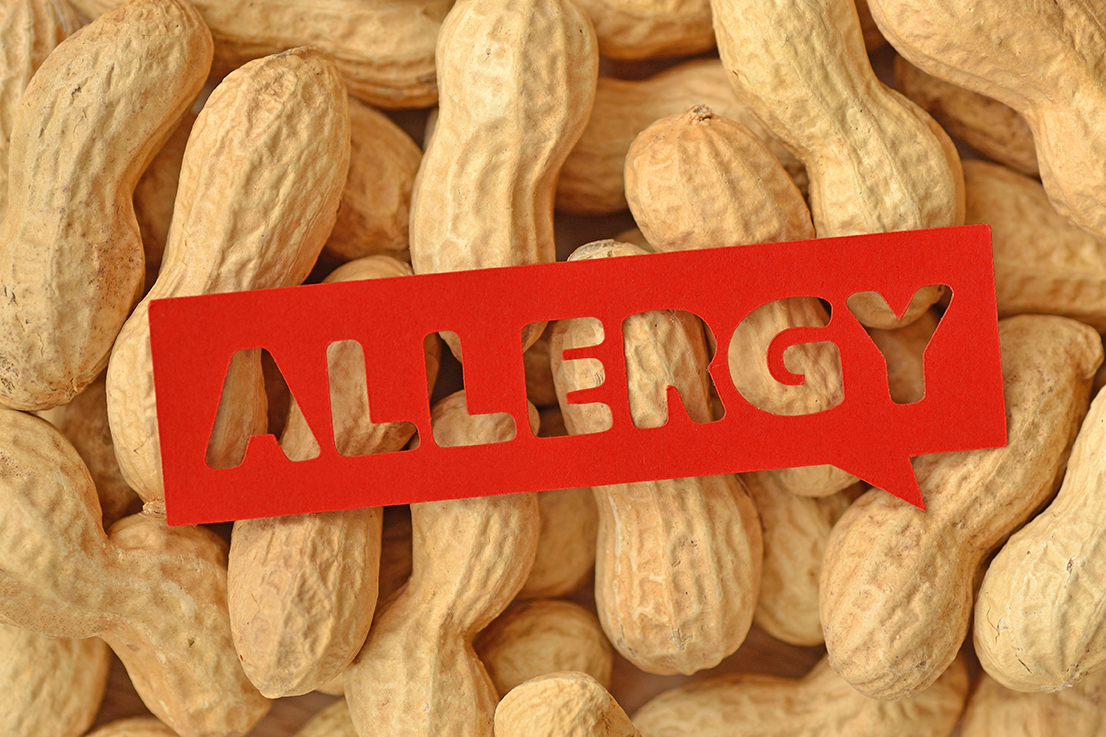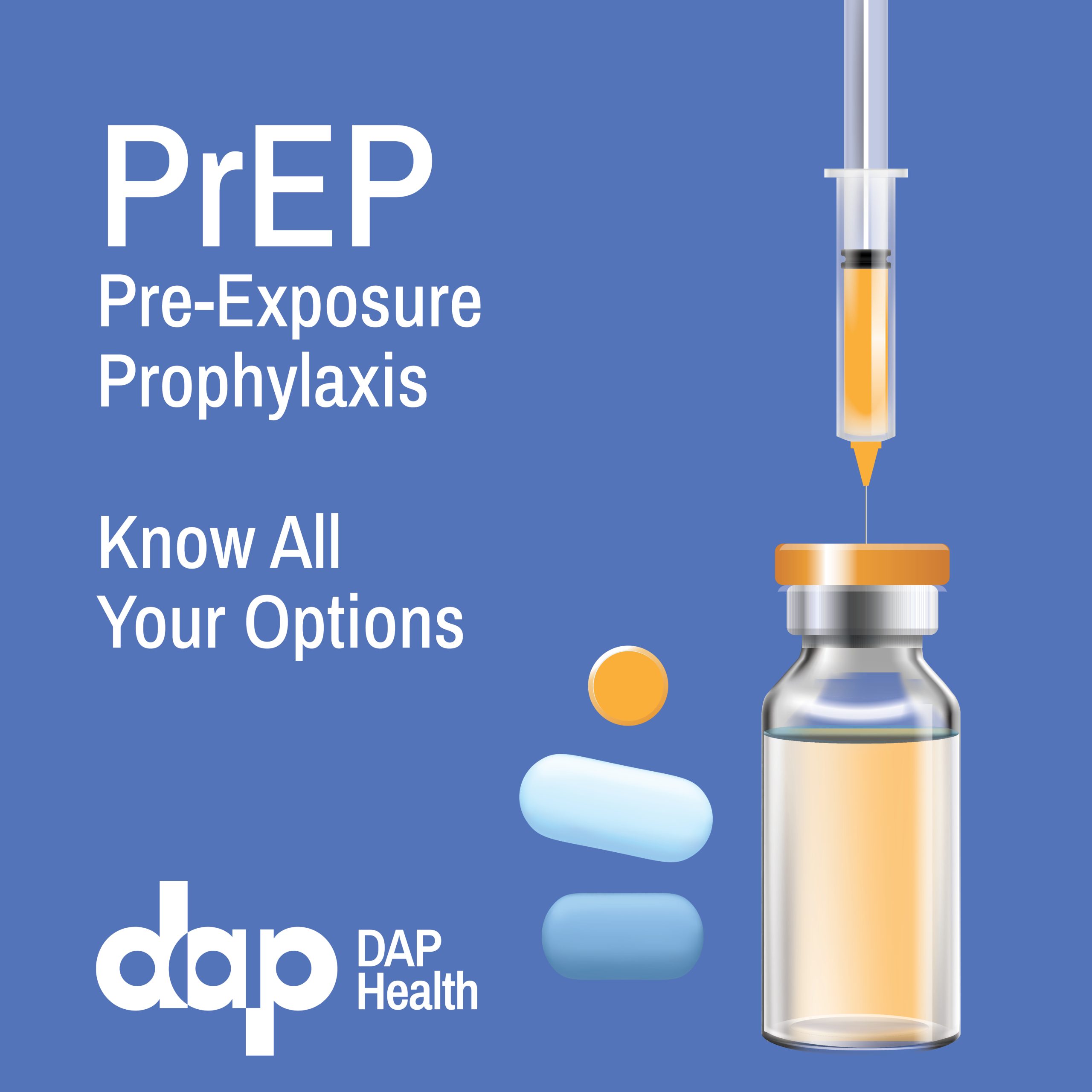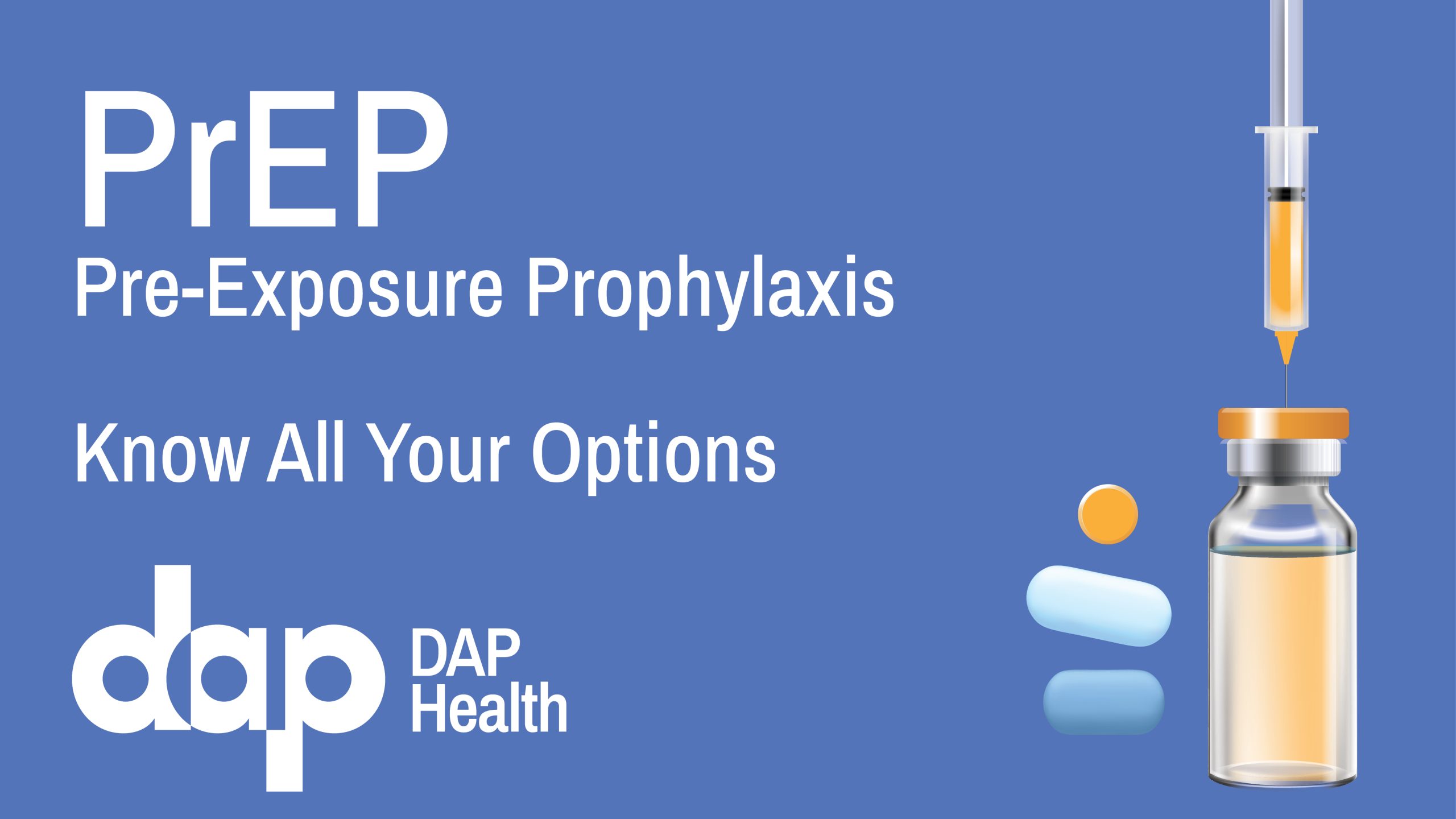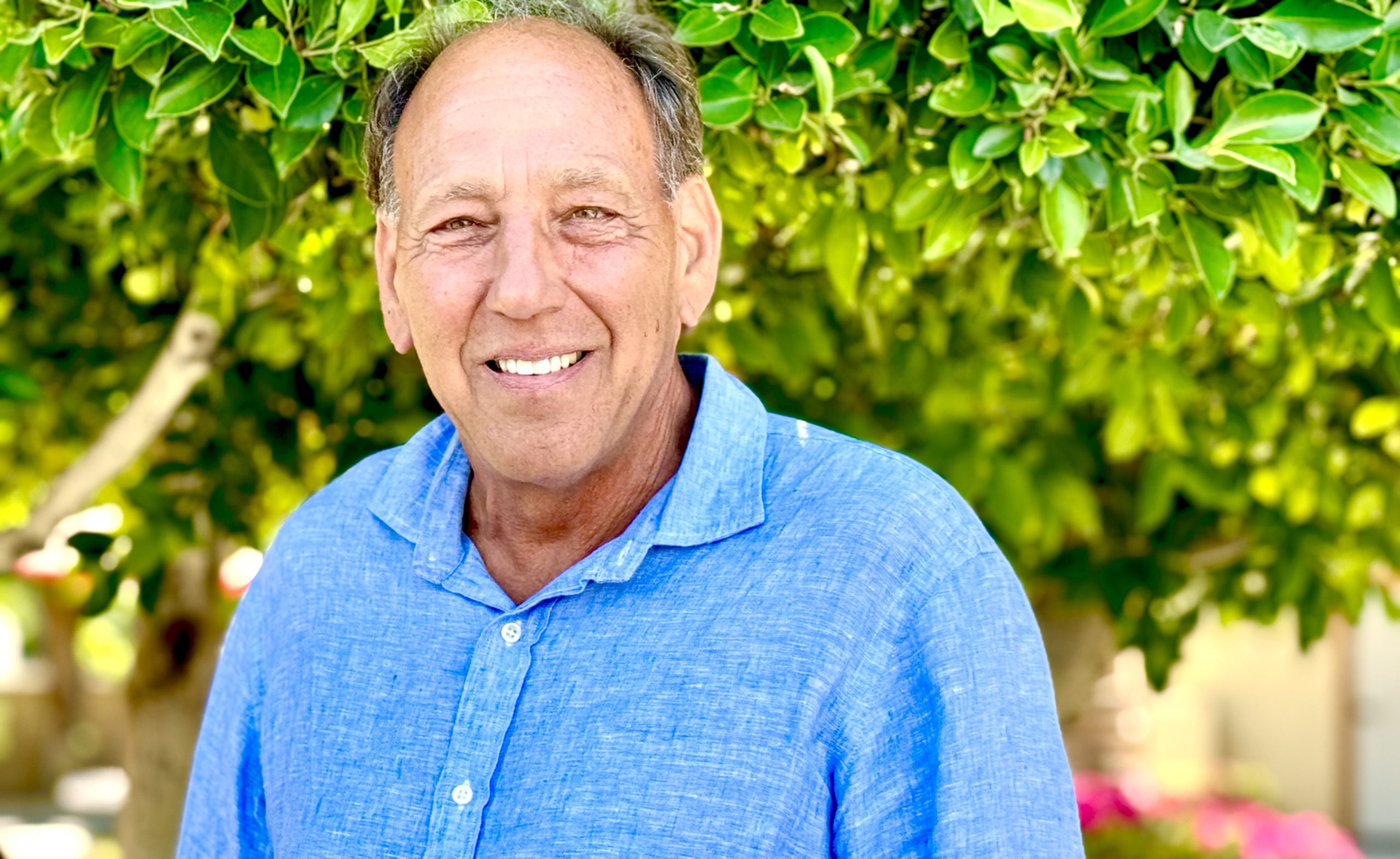
Dr. Joseph Cerjan Named Permanent Principal Provider at DAP Health's Borrego Medical Clinic
The bilingual physician, eager to serve patients in Borrego Springs and the surrounding areas, fills a long-vacant role, bringing a sense of permanence and stability.
Words by Daniel Vaillancourt
Dr. Joseph Cerjan — a physician with more than 30 years of experience in a variety of settings, who is fluent in both English and Spanish — has been hired to fulfill the long-vacant role of permanent principal medical provider at DAP Health’s Borrego Medical Clinic.
In that capacity, he will oversee disciplines such as family medicine, pediatrics, women’s health (including OB-GYN), behavioral health, and sexual wellness at the center, located at 4343 Yaqui Pass Road in Borrego Springs, California.
“The people in and around Borrego Springs have long needed and deserved a permanent medical provider whom they can grow to trust, admire, and appreciate,” says DAP Health CEO David Brinkman. “Thanks to his deep well of professional expertise and his wide array of real-life experiences, I believe Dr. Cerjan is the perfect physician to help eradicate barriers to care while broadening programs and services. All of us at DAP Health — and every member of the communities we serve in Borrego Springs — are fortunate to have found him.”
It is with great enthusiasm that Dr. Cerjan looks forward to serving at Borrego Medical Clinic. “I don’t really see myself as a seed that’s being planted,” he says. “I’m a tree that’s being grafted. It has to be pruned, branch out, and hopefully produce the fruit — the benefits to everyone — that we’re hoping for. We’re establishing continuity of care for the area’s patients. Expanding some services. It’s going to be a fun challenge. Personally, this might be the seventh or eighth inning for me, but it might be the best part of my game.”
About Dr. Joseph Cerjan
Dr. Joseph Cerjan (sir-JAHN) is a seasoned physician with a distinguished career spanning more than three decades. Born in Youngstown, Ohio, he has dedicated his life to providing exemplary medical care and service to communities across the United States and beyond.
He began his academic journey at Ohio State University in Columbus, Ohio, where he pursued a B.A. in biochemistry. During his undergraduate years, he received prestigious honors, including membership in Bucket and Dipper, the freshmen men’s honorary, and Romophos, the sophomore men’s honorary.
Eager to expand his horizons, Dr. Cerjan pursued his medical education at the Universidad Autonoma de Guadalajara in Guadalajara, Mexico, graduating with distinction in 1981. Following medical school, he completed several postgraduate years, including internship, social service, and externship, further honing his skills and knowledge.
Dr. Cerjan continued his training with a residency at University Hospital, University of Cincinnati, where he served as chief resident in his final year. Board-certified by the American Academy of Family Physicians since 1989, the good doctor has maintained an active and unwavering commitment to excellence in patient care.
Throughout his illustrious career, Dr. Cerjan has held various positions in prestigious medical institutions, including the Share Reese Stealy Medical Group in San Diego, and the Yuma Regional Medical Center in Yuma, Arizona, where he served in the department of emergency medicine for an impressive 26 years.
In addition to his clinical work, Dr. Cerjan has demonstrated a passion for serving underserved populations, including periods as the house physician at the Fresno County Jail and as a physician at California’s Chuckwalla Valley State Prison.
Fluent in both English and Spanish, Dr. Cerjan is dedicated to breaking down language barriers to ensure the highest quality of care for all patients. His commitment to medicine is underscored by his active licensure in Arizona and California, as well as his current ACLS certification. With a wealth of experience and a compassionate approach to patient care, he continues to make a profound impact on the field of medicine, enriching the lives of those he serves.

